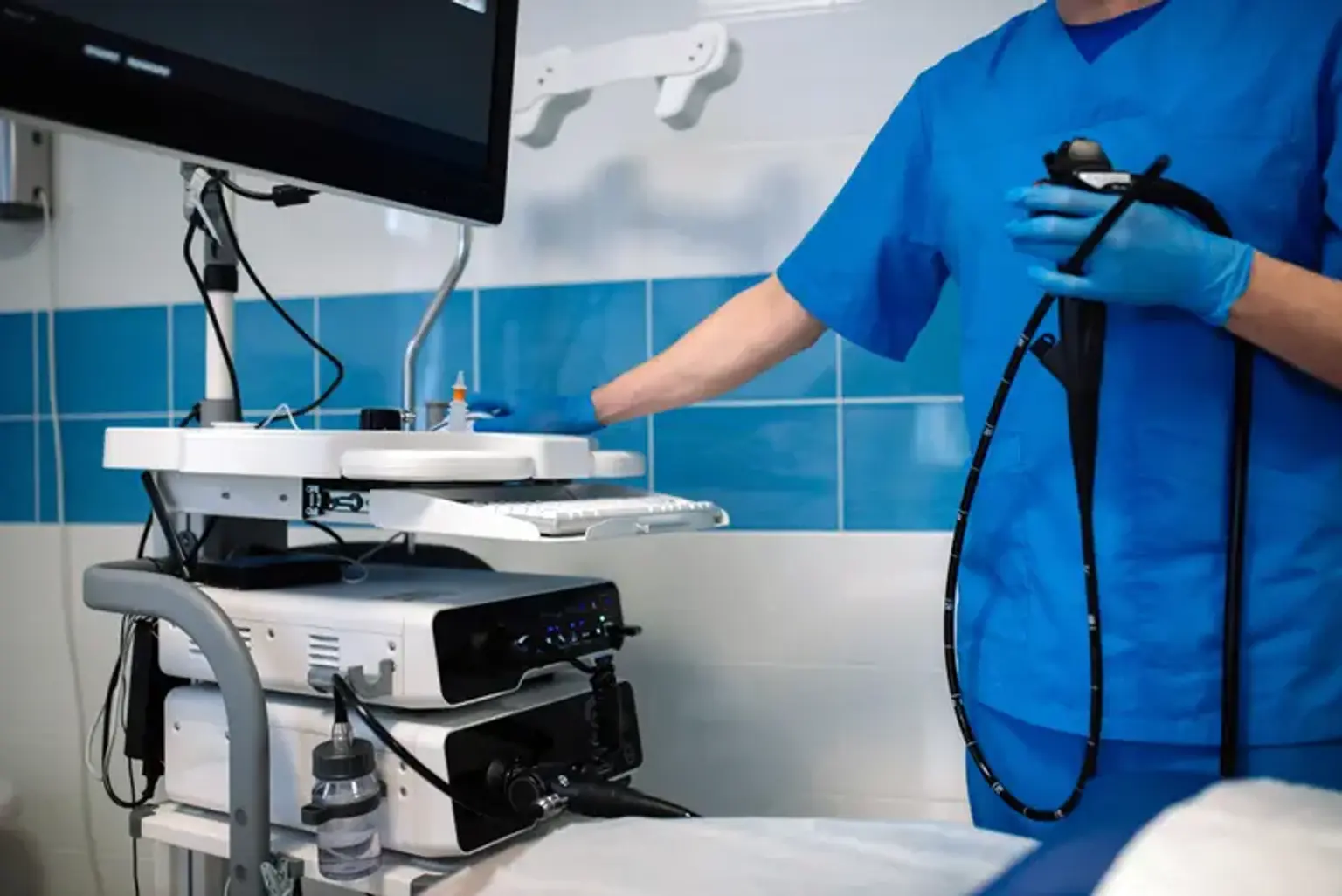Esophagoscopy
Rigid esophagoscopy is a frequent surgical procedure that doctors conduct all around the world. This method was first recorded in the fourth century and was linked to sword swallowing. The pioneering work of Adolf Kussmaul and Chevalier Jackson in the 19th and 20th centuries, respectively, is credited with the progress in method and instrumentation. Esophagoscopy is utilized for both diagnostic and therapeutic purposes in the treatment of esophageal disorders. Flexible esophagoscopy has replaced rigid esophagoscopy as the primary method for diagnosing esophageal disorders throughout the last two to three decades. Despite this, rigid esophagoscopy is still very beneficial in the treatment of esophageal disorders, particularly for foreign body removal and complex biopsies.
Transnasal esophagoscopy has surpassed traditional esophagoscopy in the treatment of esophageal problems in advanced countries since the1990s, due to its advantage over traditional esophagoscopy (rigid and flexible).
